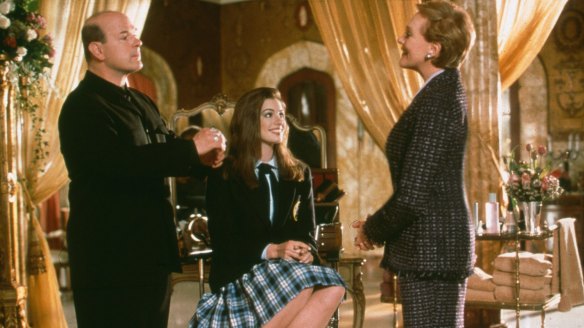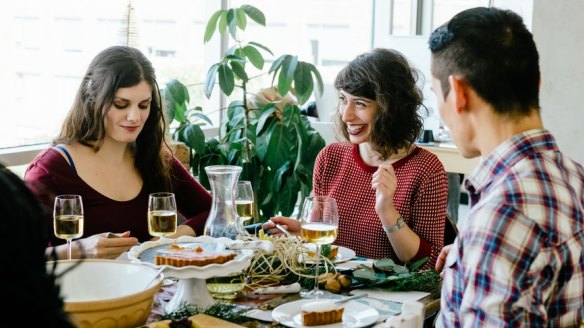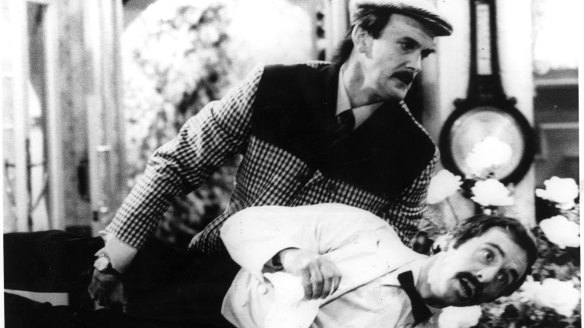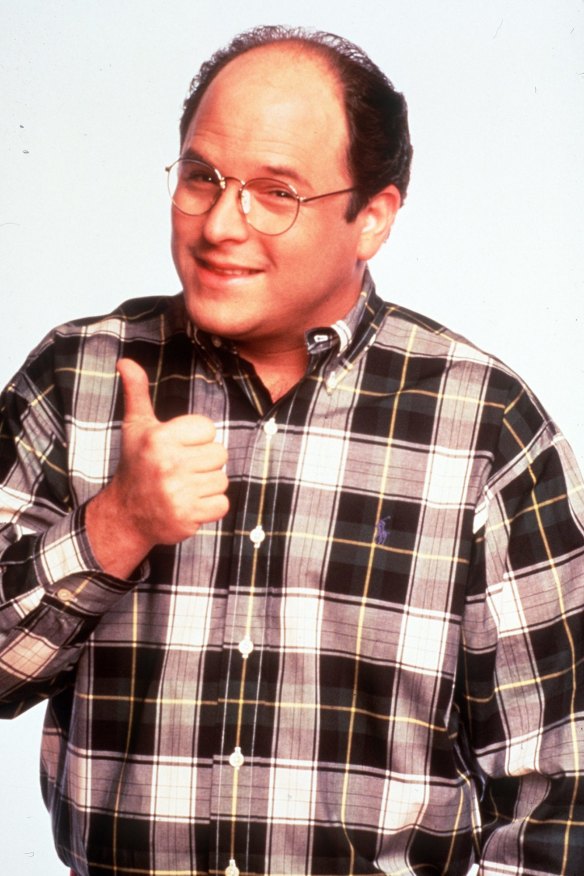Table manners 101: A refresher course on the dos and don'ts

In a particularly memorable Seinfeld storyline, George Costanza starts a new trend when he hears that Elaine's boss, haughty Mr Pitt, eats Snickers bars with a knife and fork. When a co-worker queries George on his new habit, George sneers, "How do you eat it? With your hands?"
By the end of the episode, people all over New York are eating cookies, doughnuts, and even M&Ms with cutlery. And although the absurdity of the diner-goers is obvious to the show's other characters and its audience, the plot line cuts to the heart of why we adopt certain table manners: they're all about being part of a society and fitting in with those around us.
"The rules of etiquette are about making other people in your company feel comfortable, never making them feel like they don't know or have done something awkward," says Zarife Hardy, director of the Australian School of Etiquette.

Hardy says that many of the table manners our society encourages – such as sit up straight and don't talk while chewing – aren't unnecessarily fussy; they actually concern fellow diners' comfort. Though eating is necessary to survival, it is also a popular social activity.
While these days we have a more relaxed approach to dining than in decades and centuries past, Hardy says that communal meals still play a huge role in terms of social interaction, and that's why learning how to eat nicely alongside others is a necessity.
"When we sit down for a meal, that's when we come together, have conversations. And that skill of conversation and talking to people is what sets us up for life."

But as life at home gets busier and more casual, Hardy says sit-down dinners are increasingly rare and table manners are declining. For those who need a refresher course on the dos and don'ts of breaking bread together, here's a run-through of the top rules and why you should observe them.
When to eat
- Related: Eight modern etiquette rules
- Related: A guide to housemate etiquette
- Related: A seller's guide to open house etiquette

We've all been here. Your food has been placed in front of you but others are still being served. The temptation to have a taste is overwhelming, but one to resist.
"You do not touch your cutlery or your plate until everybody is served," says Hardy. Why? It's just not polite. Even if family dinners are a bit more relaxed, it's respectful to wait until the person who prepared the meal can enjoy the fruits of their labour as well.
Casual settings, such as barbecues, can be an exception. If you're a guest at someone's house and your host tells you to start your meal, feel free to go ahead.
Back to basics
What would makeover montages in movies look like without tutorials in dining etiquette? Think Julia Roberts being instructed in correct fork usage in Pretty Woman, or Anne Hathaway tied to a chair with a Hermes scarf to encourage perfect posture in The Princess Diaries.
There's a reason these skills are so often emphasised; according to Hardy, they're at the core of table manners.
"The basic rules always apply: sit up straight, use your cutlery properly, small mouthfuls, and don't make a lot of noise as you're eating," she says.
Good posture is important because it shows you're engaged with your company.
While using numerous forks for a single meal doesn't have much relevance for the average diner at home, Hardy says it's still important to know how to hold cutlery, and how to place it when finished eating (knife and fork side by side in the middle of the plate). Wildly gesticulating with it is best avoided.
Elbows down
Remember being told as a child to keep your elbows off the table? It turns out that rule isn't just about appearances, but giving others ample room.
"You can go back to table etiquette from hundreds of years ago, and it was just one of those rules that allows everyone to feel that they have space," Hardy says. "When you put elbows on the table, you're extending the space setting that you've got."
Don't mention the war
Conversation can make or break a meal, such as when Basil Fawlty infamously ruined dinner for some German guests by bringing up World War II. Hardy says it's a good idea to avoid controversial topics, particularly if you don't know your companions well.
"If it's a first meet and greet or get together, you always stay clear of things like politics, religion, all those types of things that can stir up passion and anger or extreme opinions."
Technology
Having the TV on or off during dinner used to be a matter of some debate, but smartphones and tablets have taken the issue of technology at the table up a level.
Hardy says phones are a big barrier to socialising with family and friends, and shouldn't be allowed at mealtime. Put them away, preferably in another room so notification alerts won't be a distraction.
Say thank you
This should really go without saying, but remember to thank whoever has prepared your meal, even if it wasn't to your taste.
Follow suit
Obviously table etiquette varies between cultures and homes, so Hardy advises that when in doubt, follow your host's lead. You might prefer to eat pizza or a burger with your hands, but if everyone else is using utensils, just follow suit.
And who knows, you might even end up eating a Snickers bar with a knife and fork.
The best recipes from Australia's leading chefs straight to your inbox.
Sign up